Reproducciones De Bellas Artes Las Meninas, 1656 de Diego Velazquez (15991660, Spain)
For over 350 years, art lovers have been fascinated by Las Meninas. This complex oil painting by Diego Velázquez is an incredibly nuanced depiction of life in the court of King Philip IV of Spain. Perhaps one of the most important paintings in all of Western art history, this masterpiece from 1656 continues to influence artists today.

Diego Velazquez Las Meninas Analysis
Las Meninas. Las Meninas, by Diego Velázquez, 1656, in the Prado Musem, Madrid, Spain. Las Meninas, oil painting created in 1656 by iconic Spanish artist Diego Velázquez. Las Meninas shows Velázquez late in his career and at the height of his powers. Its complex composition creates an unparallelled illusion of reality and is a reason that it.

Las Meninas, cuadro de Velazquez.
Las Meninas, 1656 (detail) by Diego Velázquez: 'I decided, as I neared the age of 60, to look more closely at a painting that is famously a mystery,' Jacobs writes.

Las Meninas (detail) by VELÁZQUEZ, Diego Rodriguez de Silva y
She is featured in several of Velázquez's paintings, such as Infanta Margarita Teresa in a Blue Dress, shown below next to a close-up of her in Las Meninas. Diego Velázquez, Las Meninas, 1656 (Close-Up) Diego Velázquez, Infanta Margarita Teresa in a Blue Dress, 1659. The other figures in the painting are listed here.
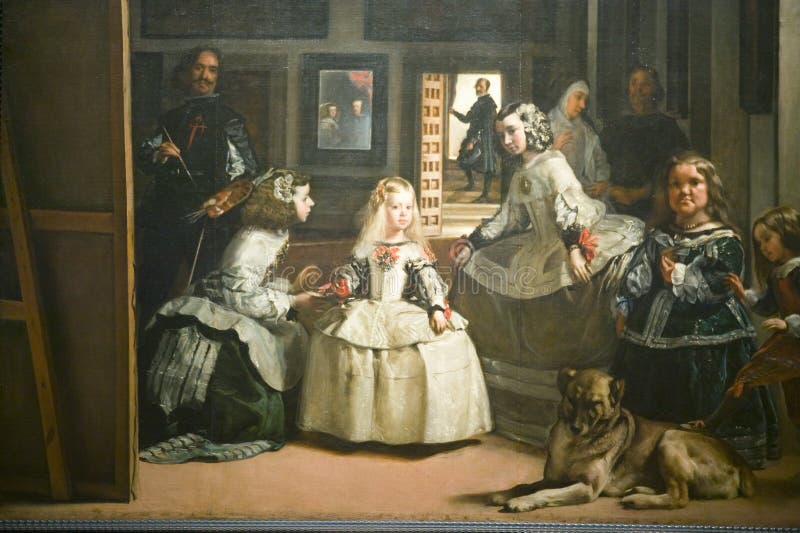
Las Meninas by Velazquez As Shown in the Museum De Prado, Prado Museum, Madrid, Spain Editorial
Las Meninas (pronounced [las meˈninas]; Spanish for The Ladies-in-waiting) is a 1656 painting in the Museo del Prado in Madrid, by Diego Velázquez, the leading artist of the Spanish Golden Age.Its complex and enigmatic composition raises questions about reality and illusion, and creates an uncertain relationship between the viewer and the figures depicted.
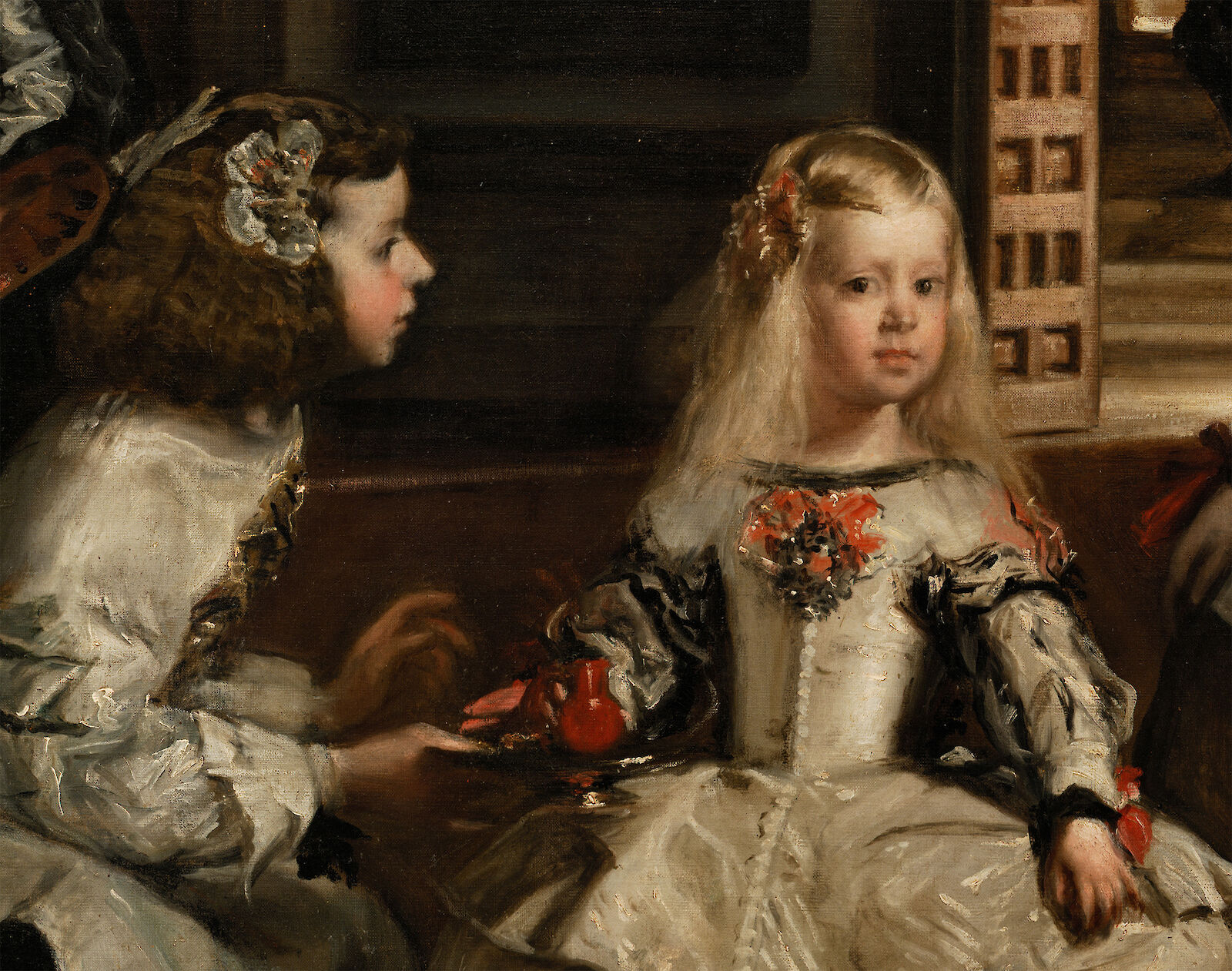
Las Meninas by Diego Velázquez Obelisk Art History
Painted in 1956 and originally entitled "Ia Familia", Velázquez made several alterations before unveiling the work as Las Meninas ("The Ladies in Waiting") As far as a piece of artwork can be, it took it's place immediately as a modern masterpiece. The subjects, the composition and the detail were beautifully complex and thus began it's place.

Diego Velázquez. Las Meninas o la familia de Felipe IV. Detalle. 1656. Museo del Prado. Madrid
A close-up of the Order of Santiago symbol on Diego Velázquez's clothing in his Las Meninas (1656) painting; Diego Velázquez, Public domain, via Wikimedia Commons. Diego Velázquez painted during the Baroque art movement, which was an art style that emerged during the 16 th century in countries like Italy, France, Spain, Germany, and Austria as a result of various religious and socio.
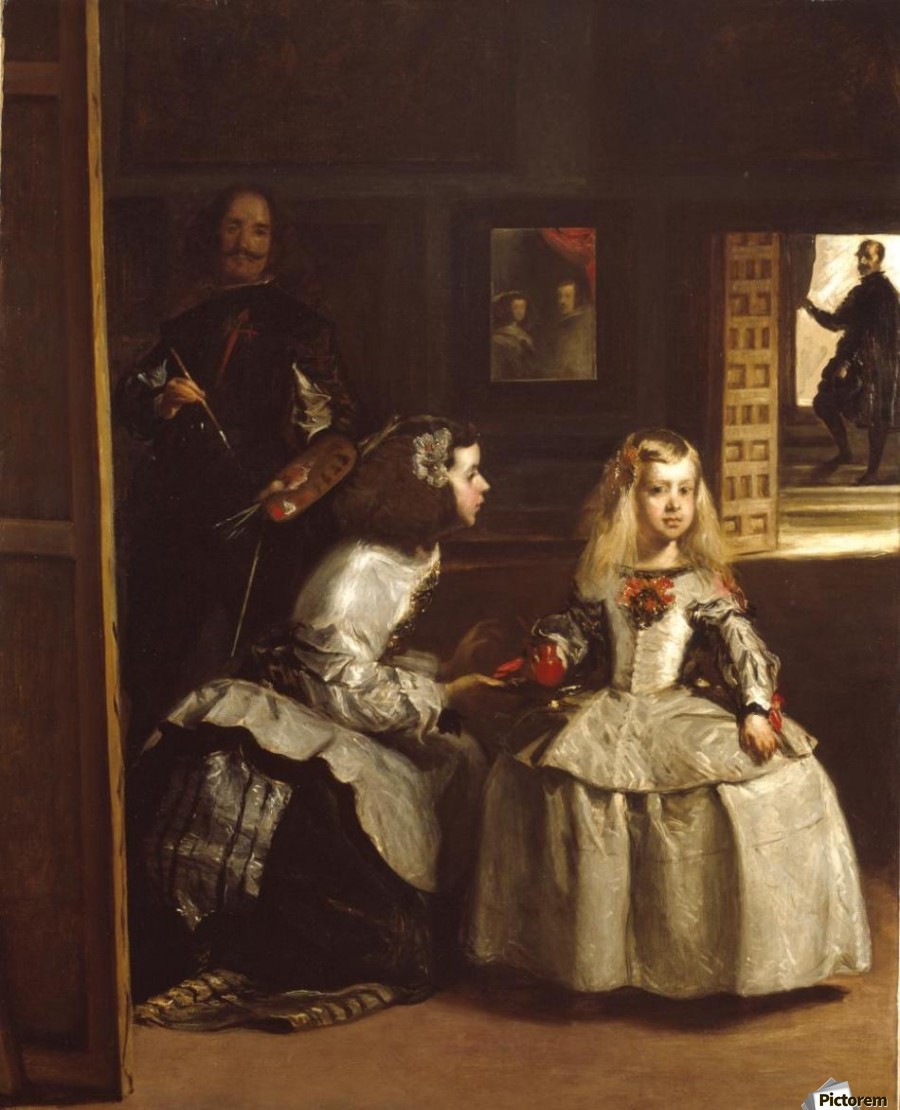
Las Meninas Diego Velazquez
Las Meninas (Spanish for 'The Ladies-in-waiting ' pronounced [las meˈninas]) is a 1656 painting in the Museo del Prado in Madrid, by Diego Velázquez, the leading artist of the Spanish Baroque.It has become one of the most widely analyzed works in Western painting for the way its complex and enigmatic composition raises questions about reality and illusion, and for the uncertain relationship.
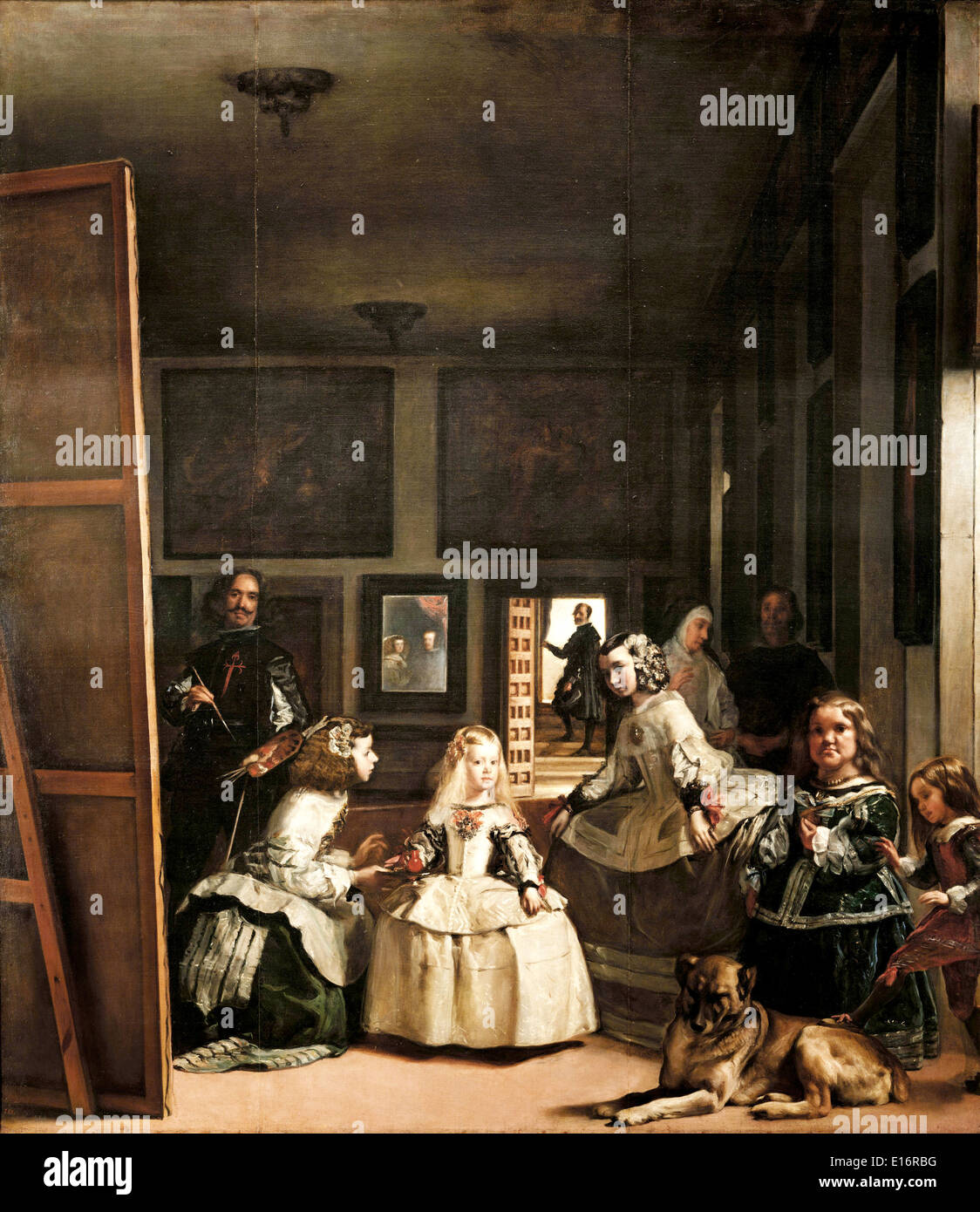
Las meninas by diego velazquez fotografías e imágenes de alta resolución Alamy
In Diego Velázquez's 17th-Century masterpiece Las Meninas, a ricochet of shadows and mirrors that never ceases to intrigue, a small and underappreciated clay jug at the centre of the canvas.
_-_WGA24449.jpg)
Page not found The Doll Blog
El cuadro Las meninas de Diego de Velázquez fue pintado en el año 1656 y retrata a la infanta Margarita, hija del rey Felipe IV, en el taller del pintor situado en el Palacio Real Alcázar de Madrid. Actualmente se encuentra en el Museo del Prado en Madrid, España. Diego Velázquez: Las meninas. 1656, óleo sobre lienzo, 381 x 276 cm. Museo del Prado, Madrid.
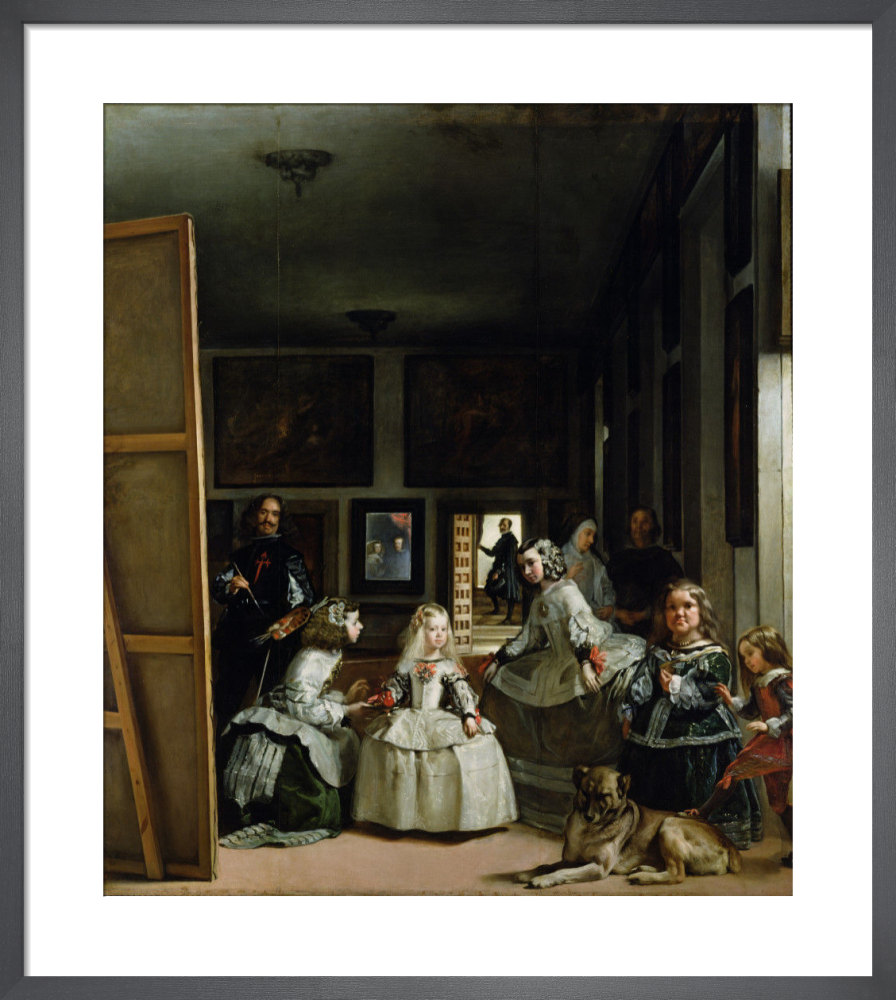
Las Meninas, c.1656 Art Print by Diego Velázquez King & McGaw
During his career as a painter for King Philip IV of Spain, Diego Velázquez painted what is often considered one of his most profound pieces: Las Meninas. Commissioned by the king himself in 1656, the painting features an assortment of characters who were relatively important to Philip and his court. At the center of the painting stands.
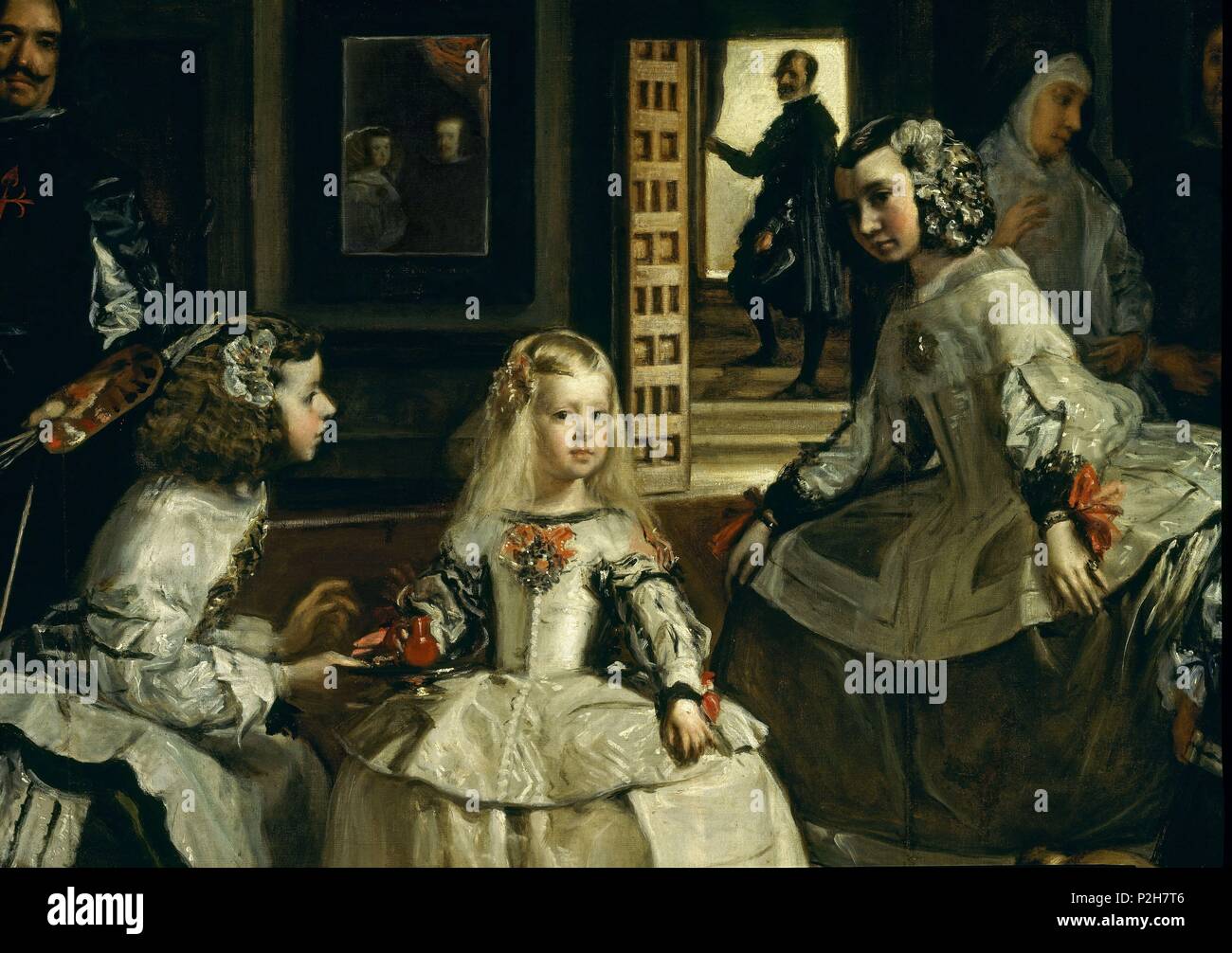
'Las Meninas, or The Family of Felipe IV' (detail), c. 1656, Oil on canvas, P01174. Author
The meaning of Las Meninas is far from clear. Velazquez was official portraitist to Philip IV (1605-65), who ruled Spain between 1621 and 1665, during the difficult period of the Thirty Years' War. Philip was married twice: first to Elisabeth of France (1602-44), and after her death, to Mariana of Austria (1634-96).
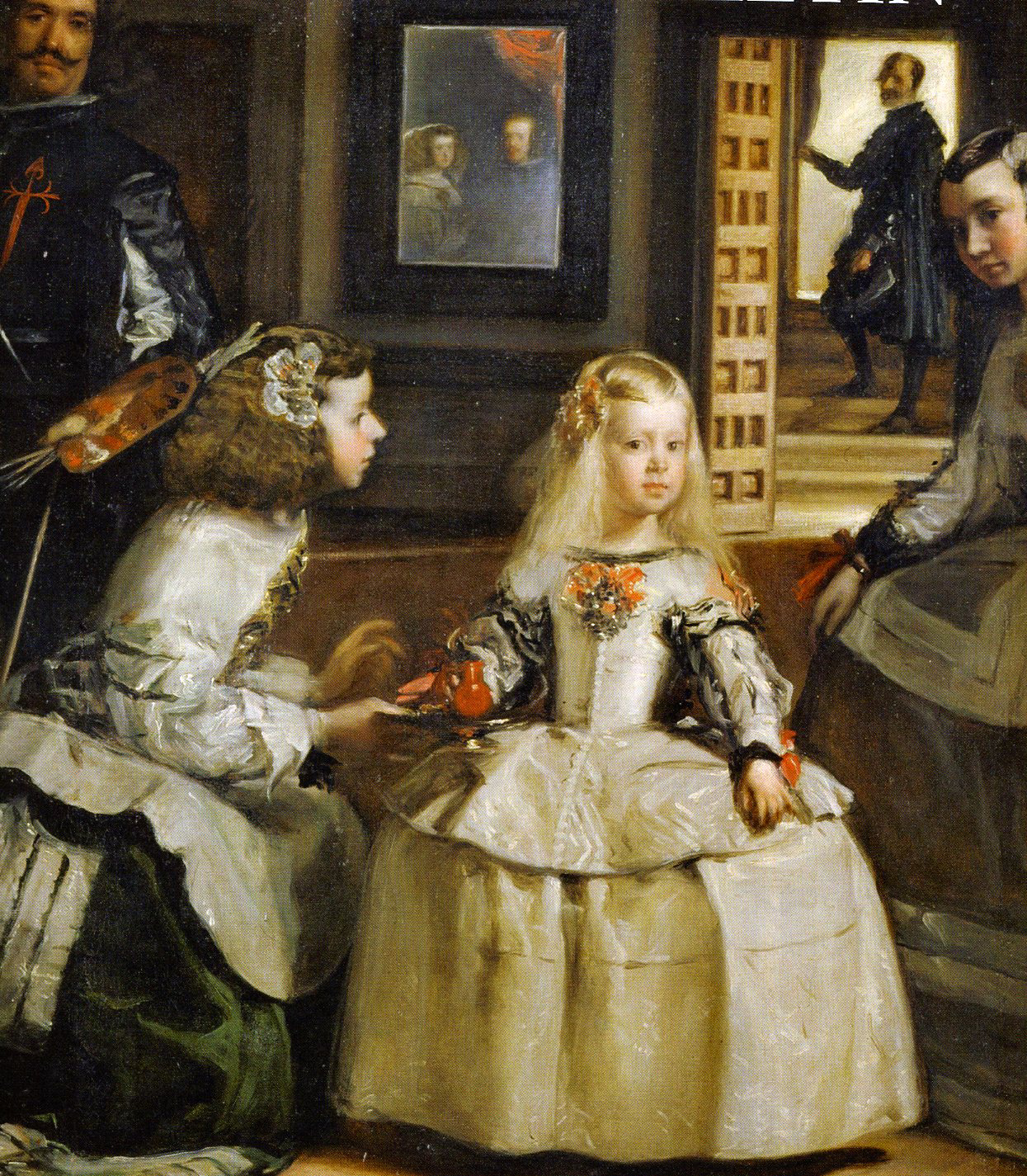
Velázquez's Las Meninas
Las Meninas, 1656 by Diego Velázquez. Las Meninas, or The maids of the infanta Margarita, is perhaps the absolute masterpiece of Velázquez, in that it epitomizes and synthesizes nearly the whole of his poetic world.The painting is an inexhaustible collection of human types and situations and also a mysterious feat of imaginative and representative capacity.
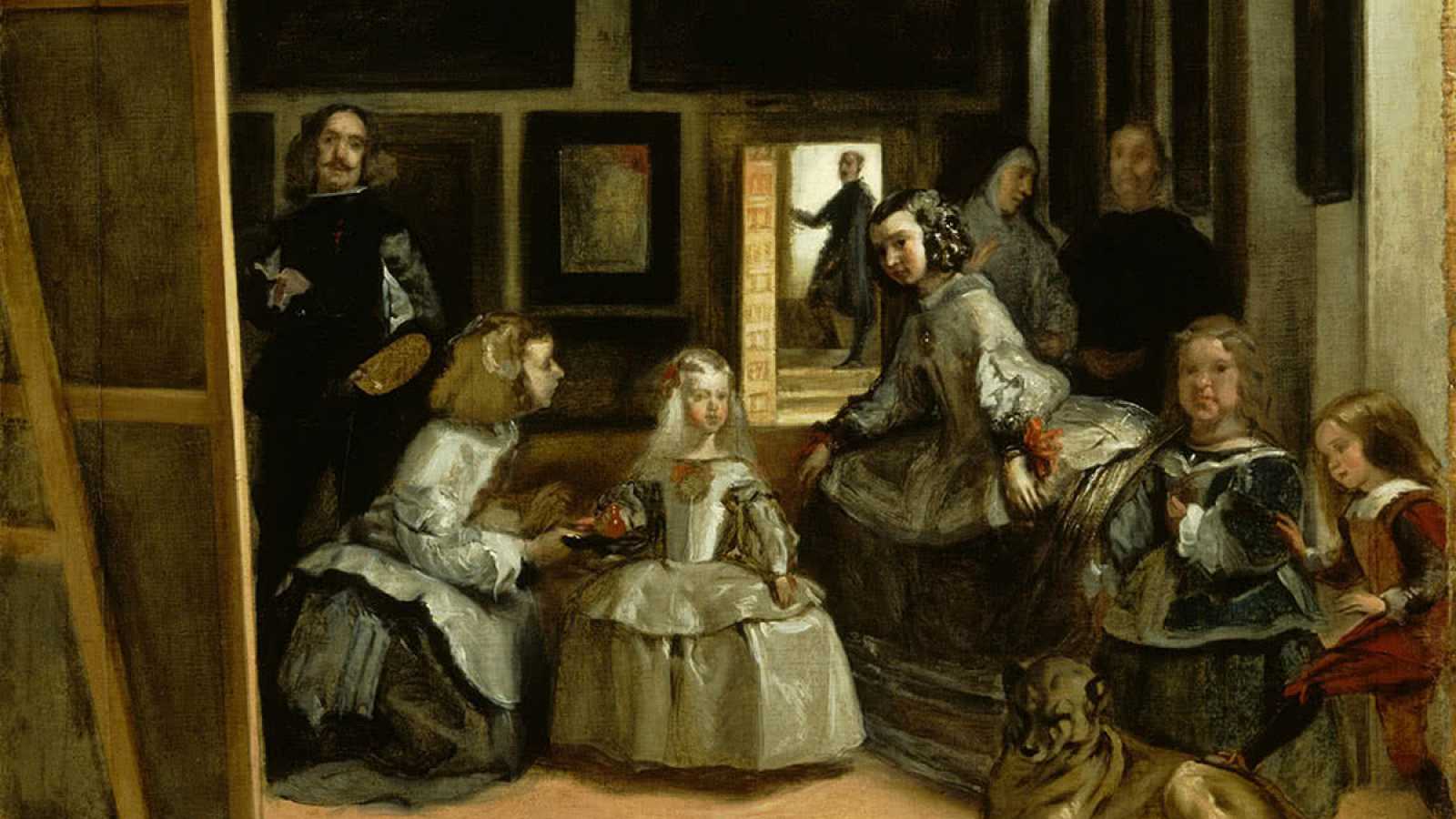
Significado del Cuadro Las meninas de Diego de Velásquez adeprin
Las Meninas. Diego Velazquez. If Las Meninas was voted as the greatest painting of all time, it is largely due to the extraordinary and innovative complexity of the composition. Velázquez's painting may appear relatively simple and straightforward at first glance, but a closer inspection reveals that Las Meninas is a composition of striking.

Why Diego Velázquez’s Las Meninas Is One of the Most Important Paintings in Art History The
The painting explores themes of gaze, attention, and the role of the artist, while showcasing Velázquez's mastery of naturalism and paint strokes. Diego Rodríguez de Silva y Velázquez, Las Meninas, c. 1656, oil on canvas, 125 1/4 x 108 5/8 in. (318 x 276 cm), (Museo Nacional del Prado, Madrid). Created by Beth Harris and Steven Zucker.

02 LAS MENINAS (1665) BY DIEGO VELAZQUEZ
Detail of Las Meninas by Diego Velazquez, located in the Prado museum Painted in 1656, Diego Velázquez's Las Meninas (which translates to 'The Ladies in Waiting') is one of the world's most important pieces of art. Hanging in El Prado in Madrid, the huge painting has entranced, mystified, and touched its viewers for centuries, inspiring the works of Foucault and Picasso.